Fine Music: Notable Classical Composers & Players (& their Most Famous Works & Notable Biographical Information), Movements (& their Associative Artists & Characteristics), Types of Pieces, and the Instruments Used to Play Them
1/1317
There's no tags or description
Looks like no tags are added yet.
Name | Mastery | Learn | Test | Matching | Spaced |
|---|
No study sessions yet.
1318 Terms
Edward Elgar: Severn Suite (Fact 1)
Dedicated to the composer's friend George Bernard Shaw
Edward Elgar: Cockaigne Overture (Fact 1)
Dedicated in honor of and thoroughly depicts the composer's home country of England
Edward Elgar: The Wand of Youth (Fact 1)
Created from a series of edited pieces written by the composer as a child
Edward Elgar: Symphony No. 2 (in E-Flat Major)
Dedicated to the "passionate pilgrimage of his soul", referring to King Edward VII
Edward Elgar: Symphony No. 1 (in A-Flat Major)
First conducted by Hans Richter along with the namesake composer's Enigma Variations
Edward Elgar: Enigma Variations (Fact 1)
First conducted by Hans Richter along with the namesake composer's Symphony No. 1 in A-Flat Major
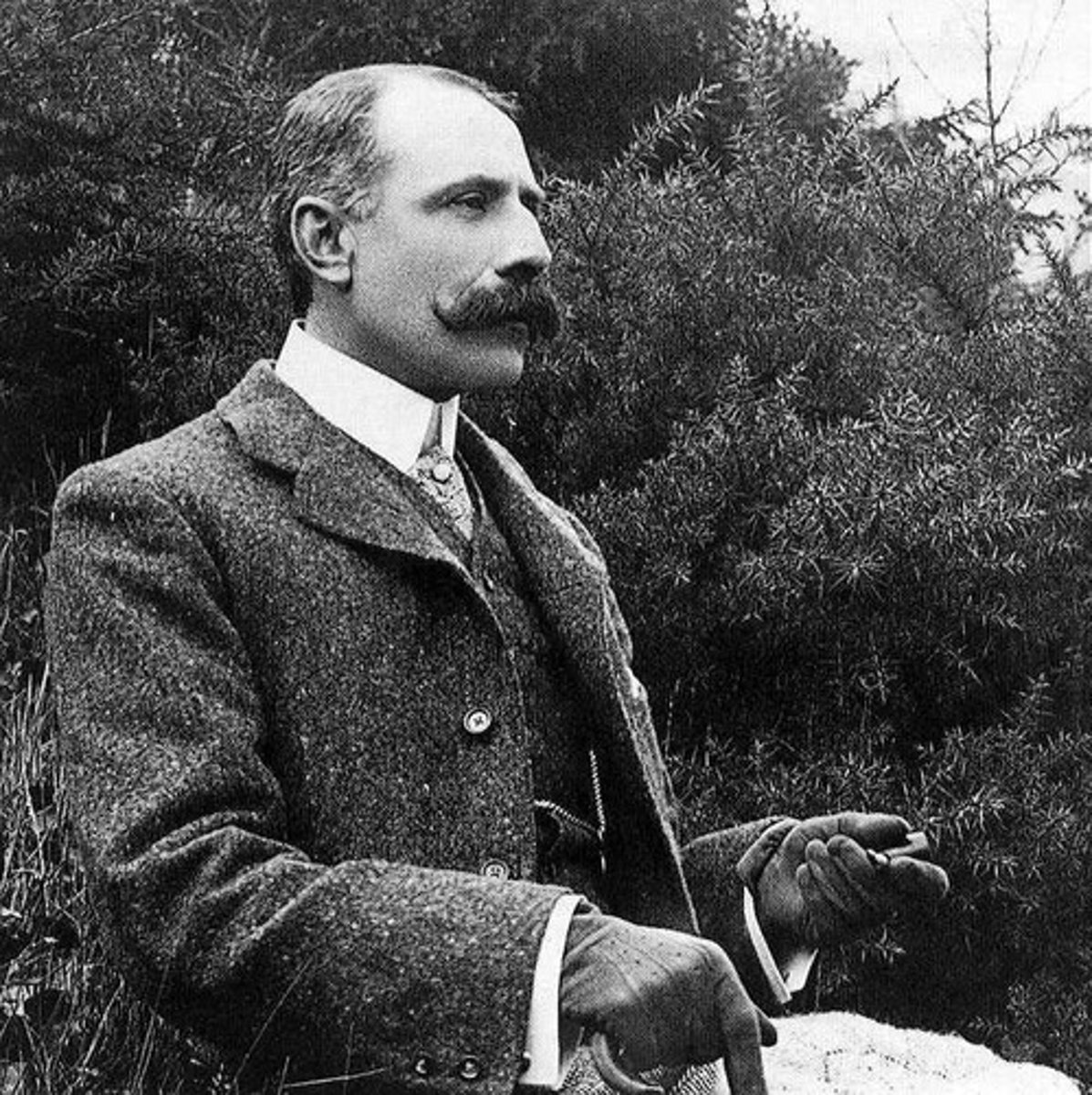
Edward Elgar: Enigma Variations (Fact 2)
Has an unknown "hidden" theme (that is "never played"), but musicologists speculate it could be from "Auld Lang Syne" or from "Rule Britannia"
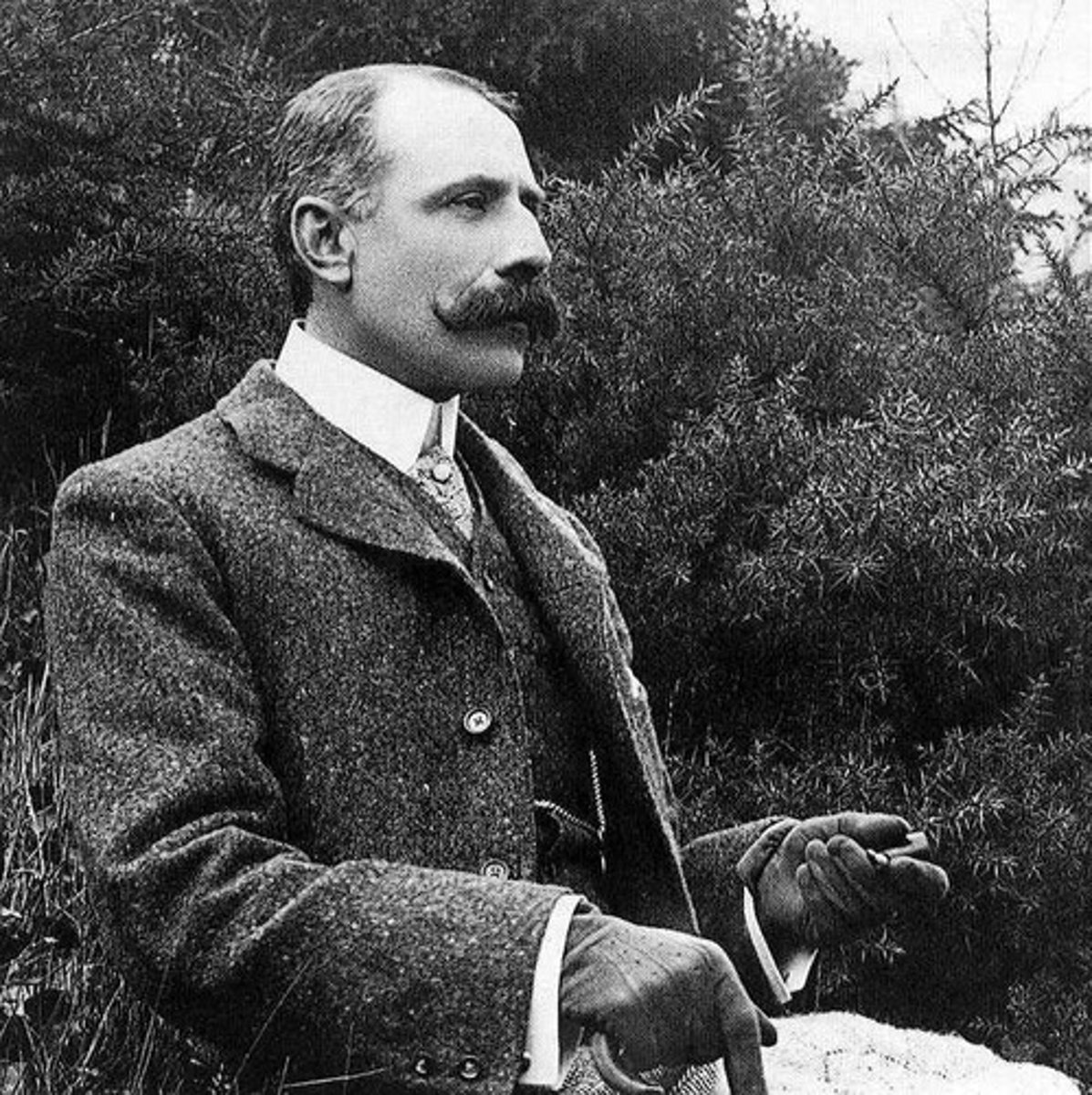
Edward Elgar: Enigma Variations (Fact 3)
Its "Nimrod" Movement, which was inspired by August Jaeger and his discussion of slow movements of pieces by Ludwig Van Beethoven
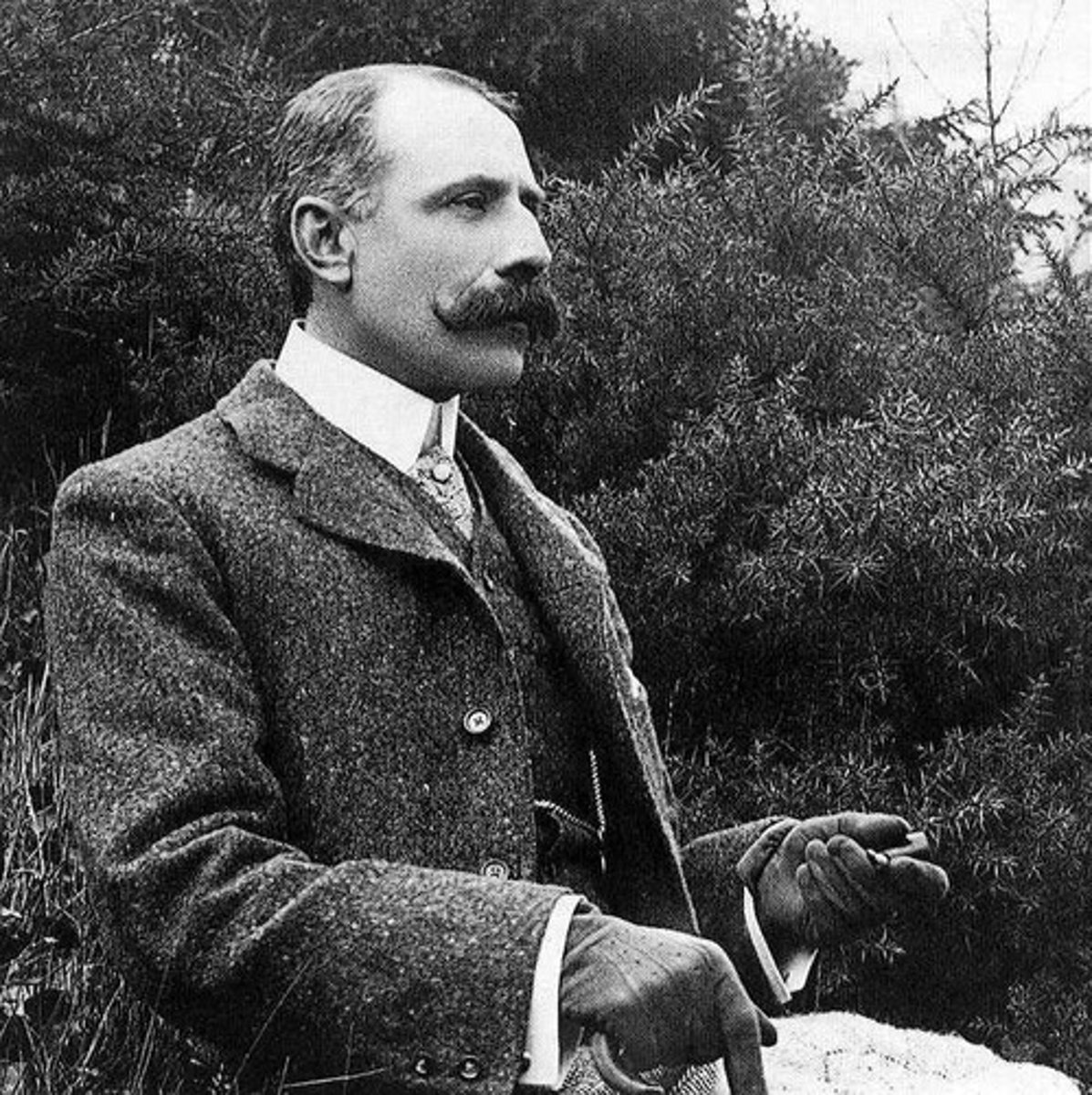
Edward Elgar: Enigma Variations (Fact 4)
Its "Ysobel" Movement depicts the viola student "Isabel Fitton" and as a joke, the viola melody crosses directly from the fourth to the second string
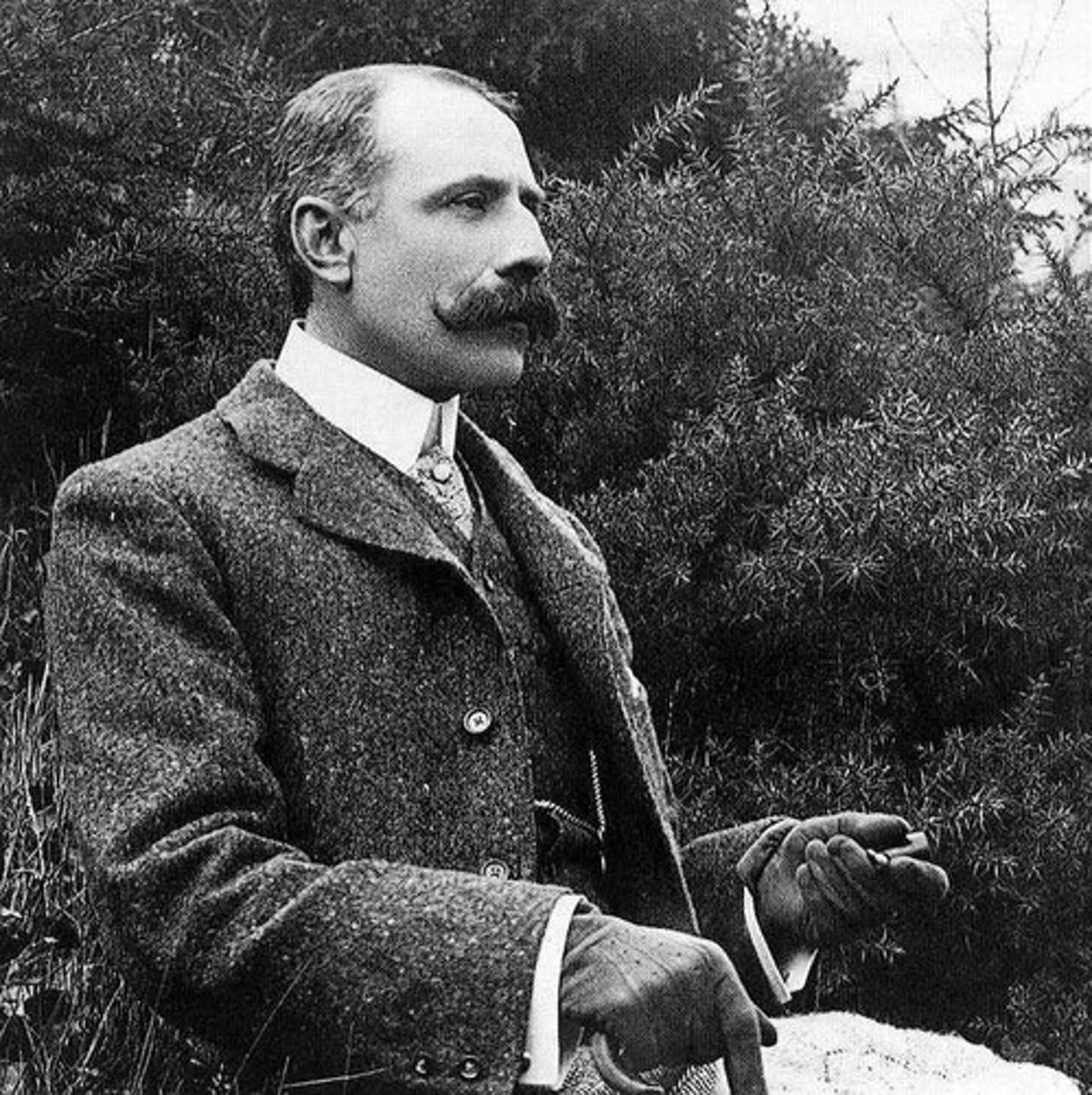
Edward Elgar: Enigma Variations (Fact 5)
Most of its movements are named after people Elgar knew- musicians, family, etc. and are titled as their names but abbreviated (i.e. "EDU")
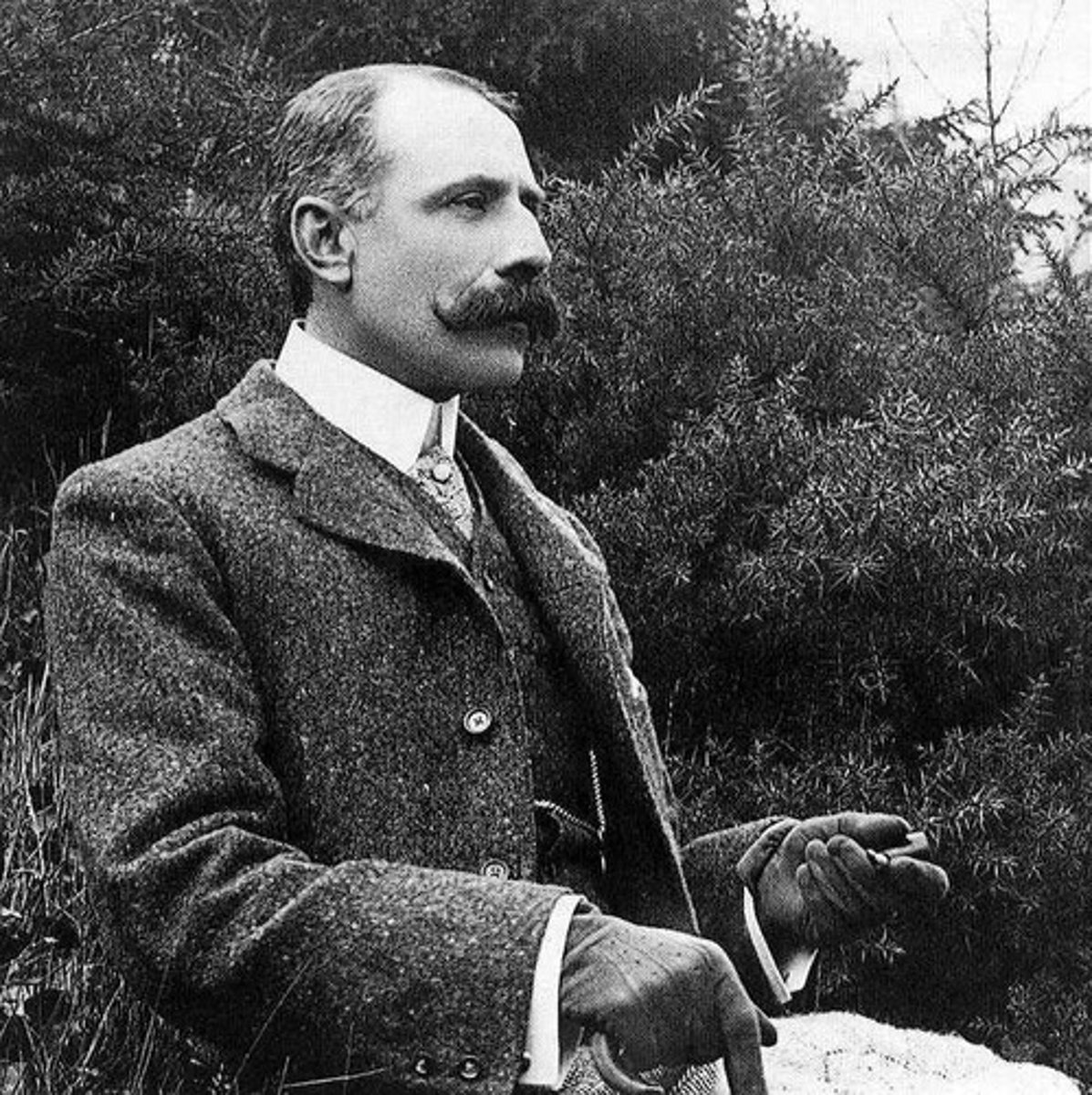
Edward Elgar: Enigma Variations (Fact 6)
Its "C.A.E." Movement is dedicated to the namesake composer's wife
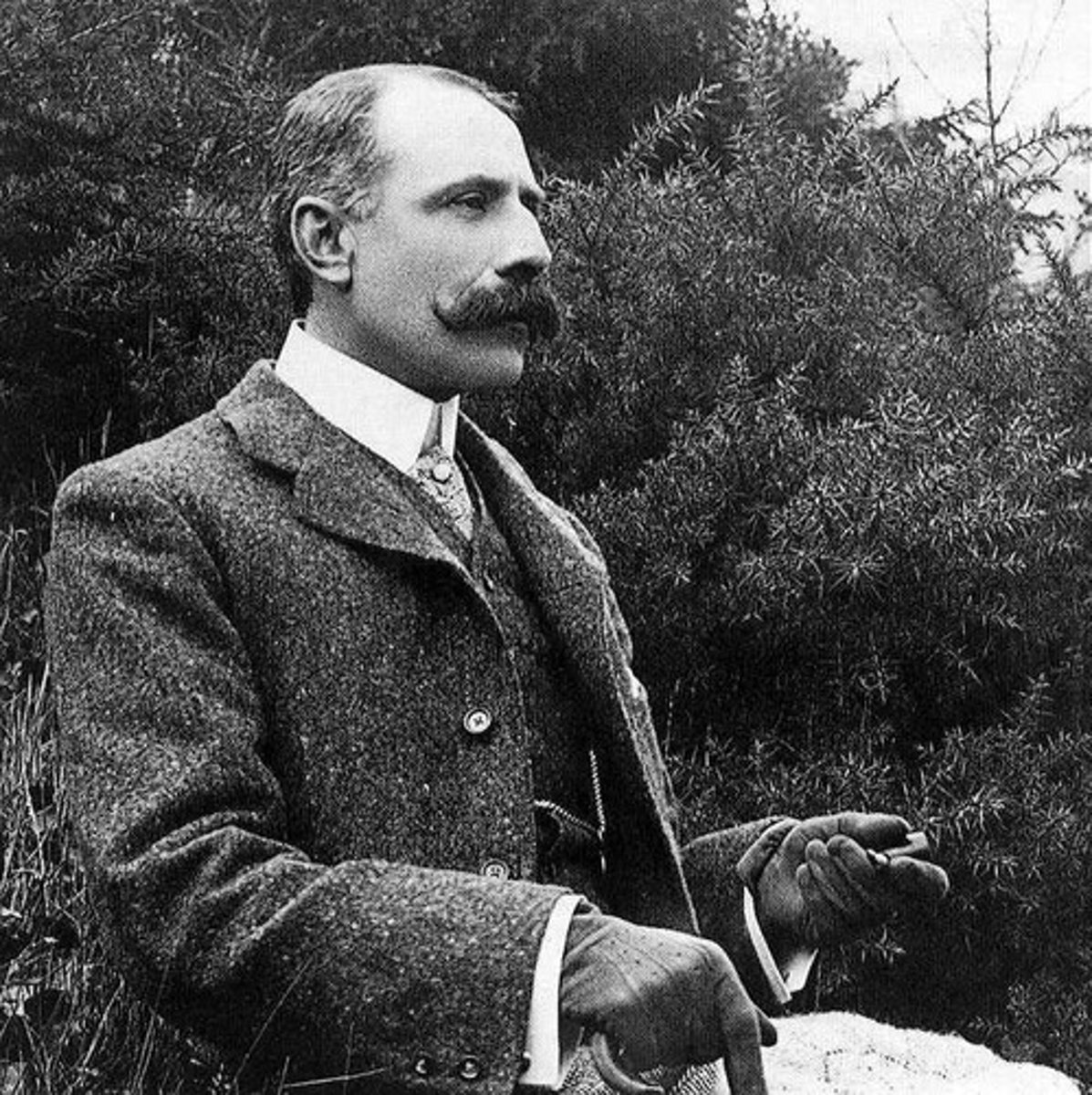
Edward Elgar: Enigma Variations (Fact 7)
Its "H.D.S.P." Movement features jagged, toccata-like chromatic runs depicting an amateur pianist warming up
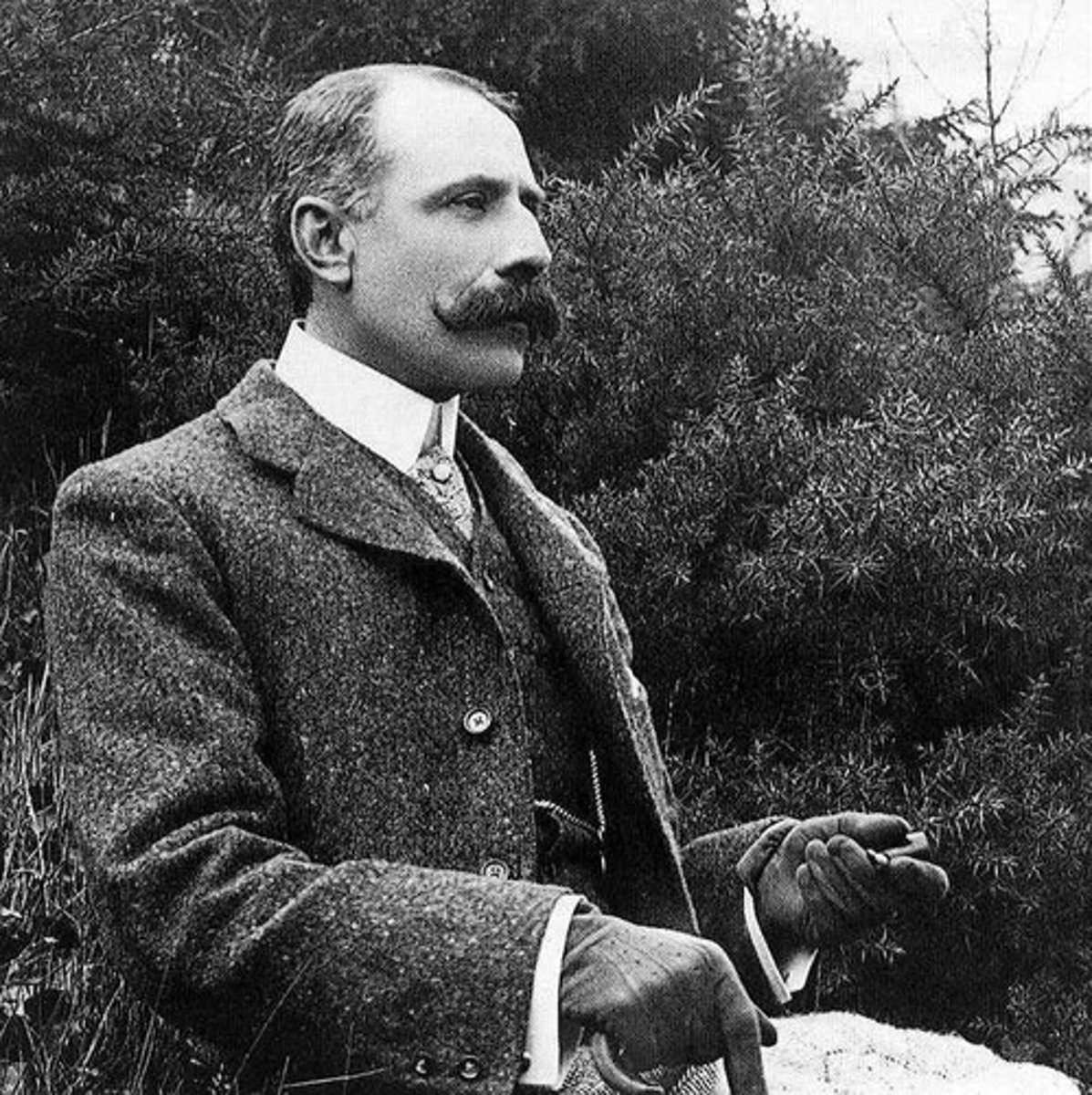
Edward Elgar: Enigma Variations (Fact 8)
Its "Intermezzo" Movement depicts the stuttering "Dorabella"
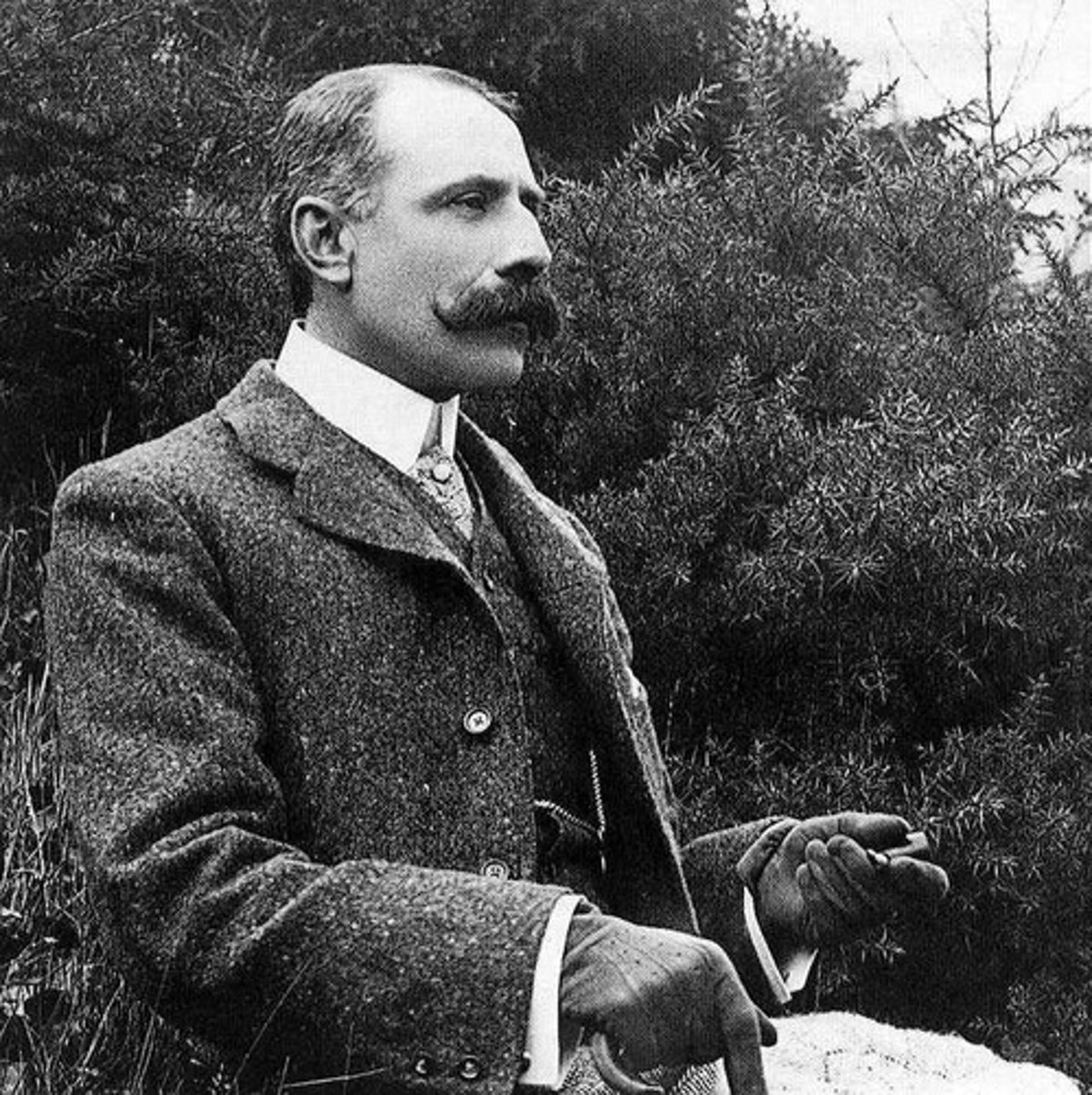
Edward Elgar: Enigma Variations (Fact 9)
Famous for its "G.R.S." Movement, inspired by the namesake composer's friend George Sinclair's bulldog paddling after falling into a River called the Wye River
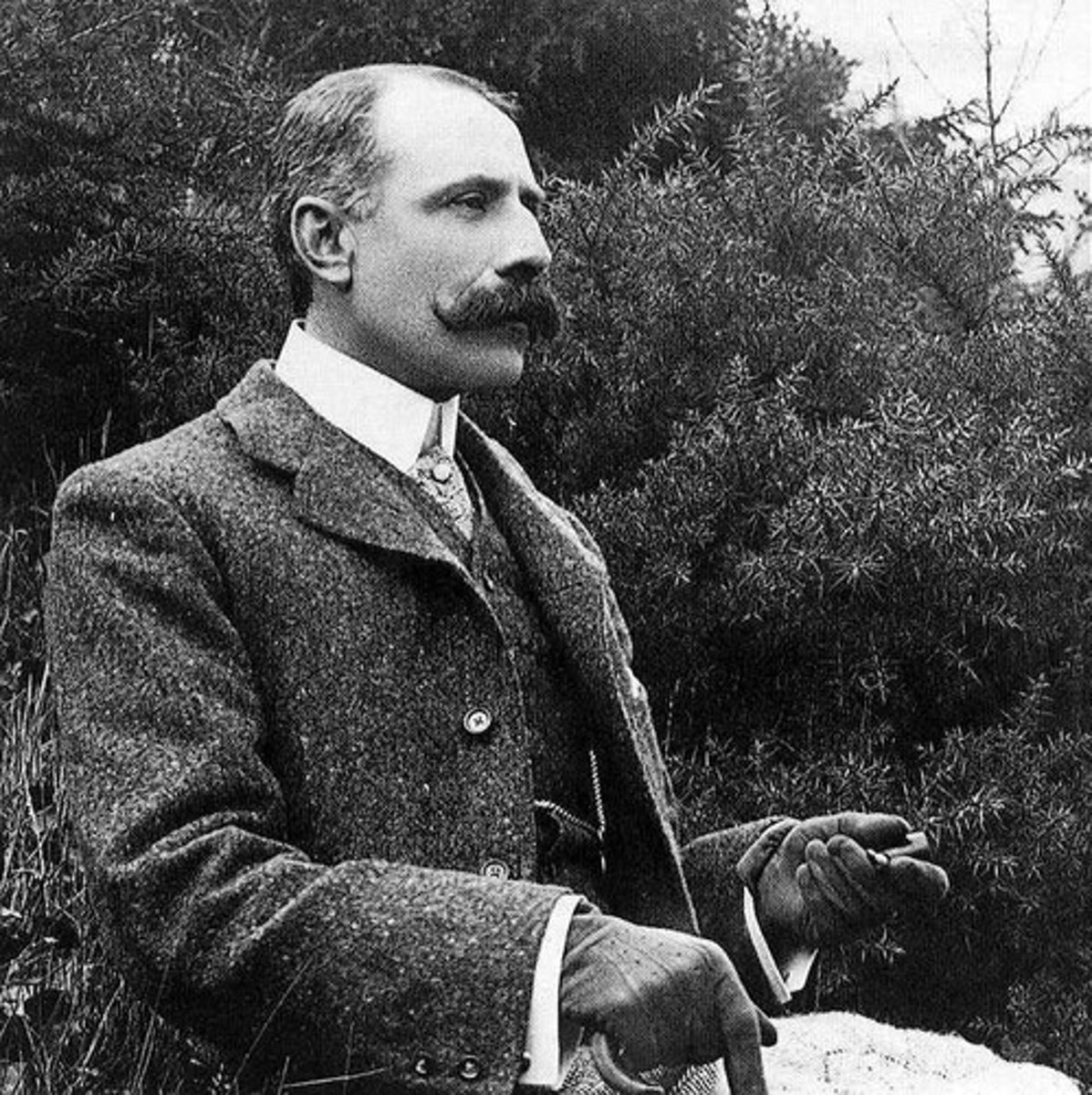
Edward Elgar: Enigma Variations (Fact 10)
Famous for its "Troyte" Movement, inspired by the namesake composer's friend Arthur Griffith, named after Griffith's middle name "Troyte", who was an architect in Malvern, England and who was incompetent at playing the piano, as the Movement depicts
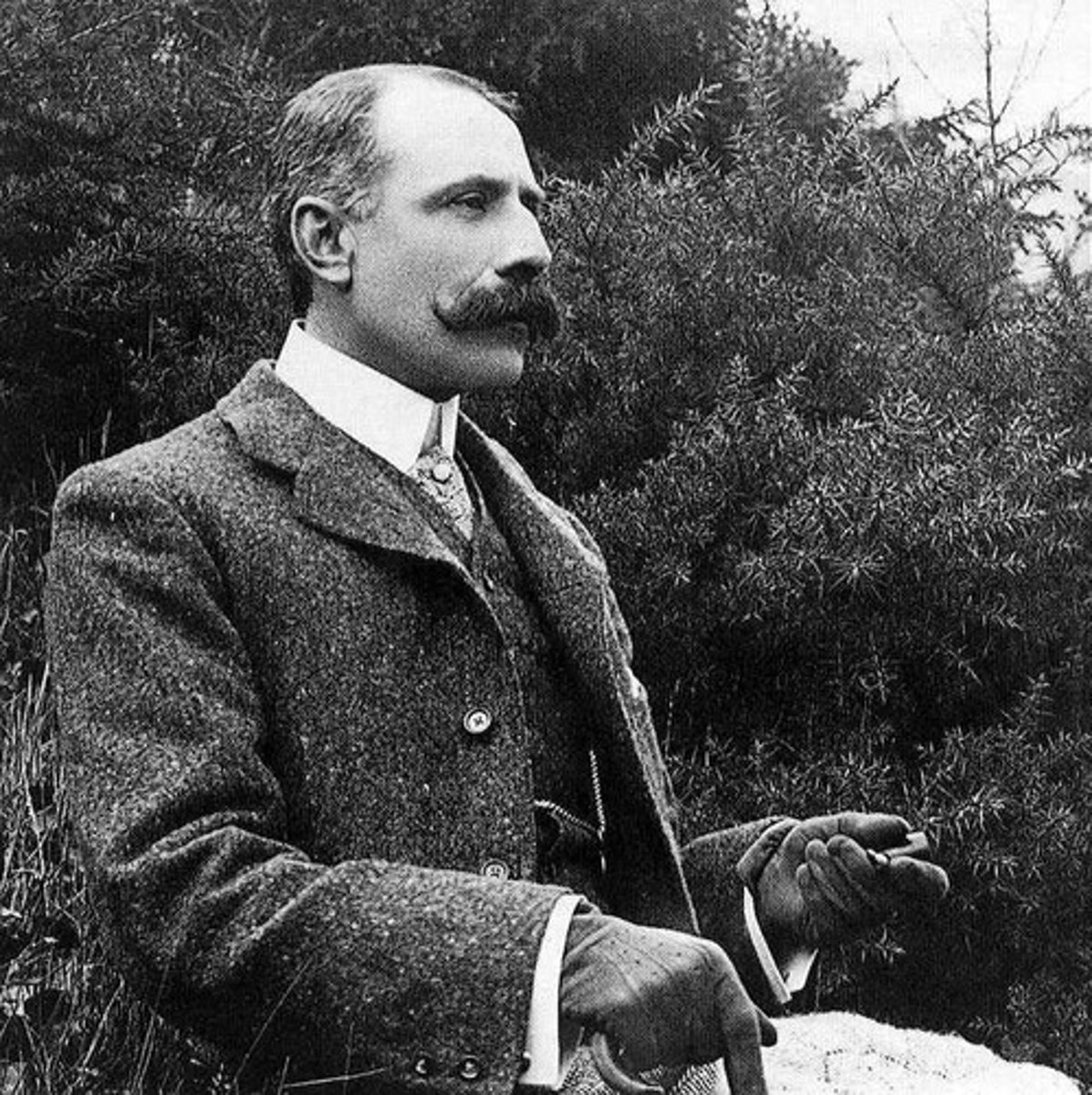
Edward Elgar: Enigma Variations (Fact 11)
Famous for its "W.M.B." Movement, inspired by the namesake composer's friend William Meath Baker, for which the piece is named after, and who was a "country squire, gentleman, and scholar" in which the piece depicts him informing his guests at his house of the day's arrangements
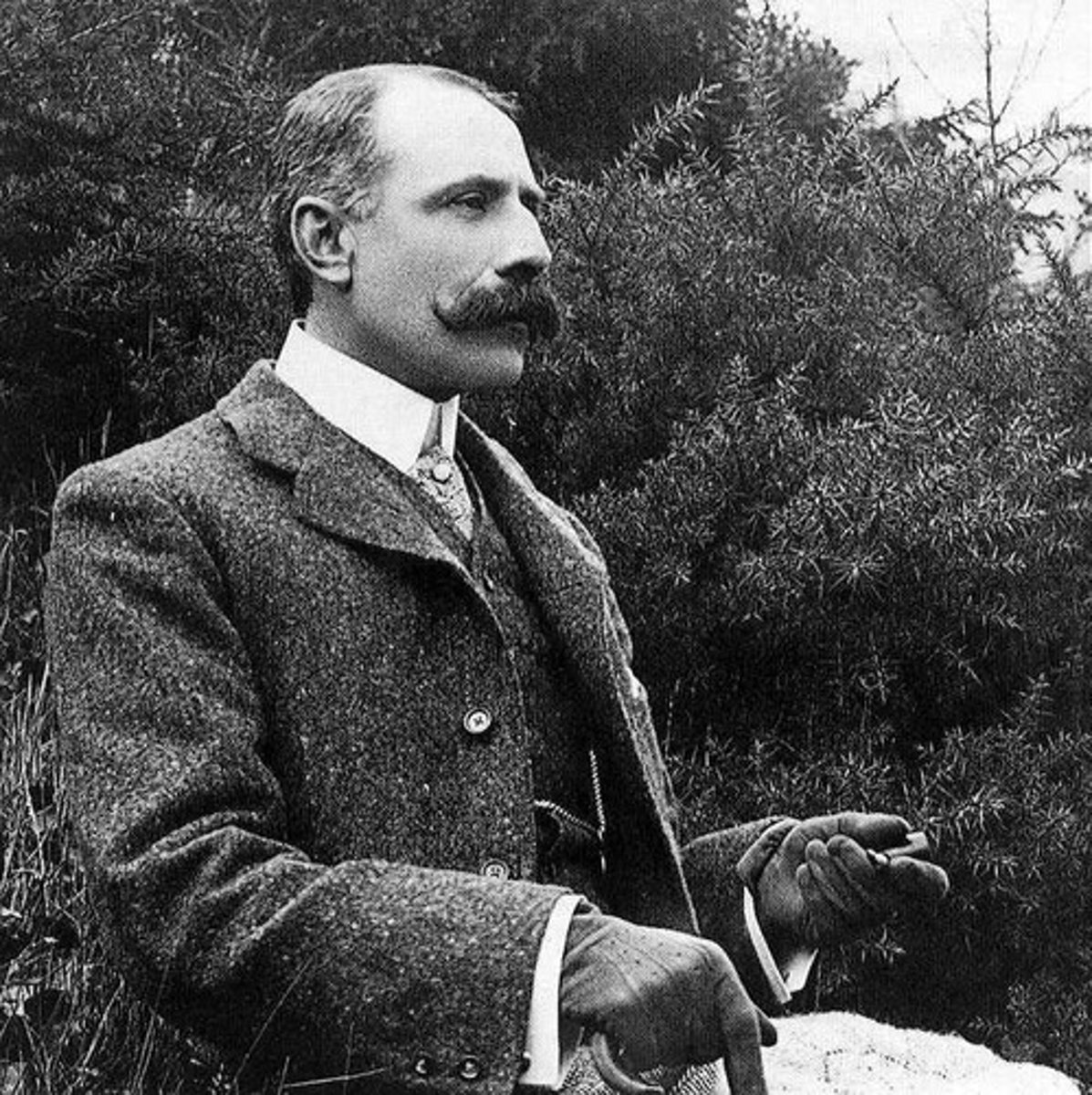
Edward Elgar: Enigma Variations (Fact 12)
Famous for its "W.N." Movement, inspired by the namesake composer's friend Winifred Norbury, for which the piece is named after, in which the piece depicts her laugh and "atmospheric" house in which she lived
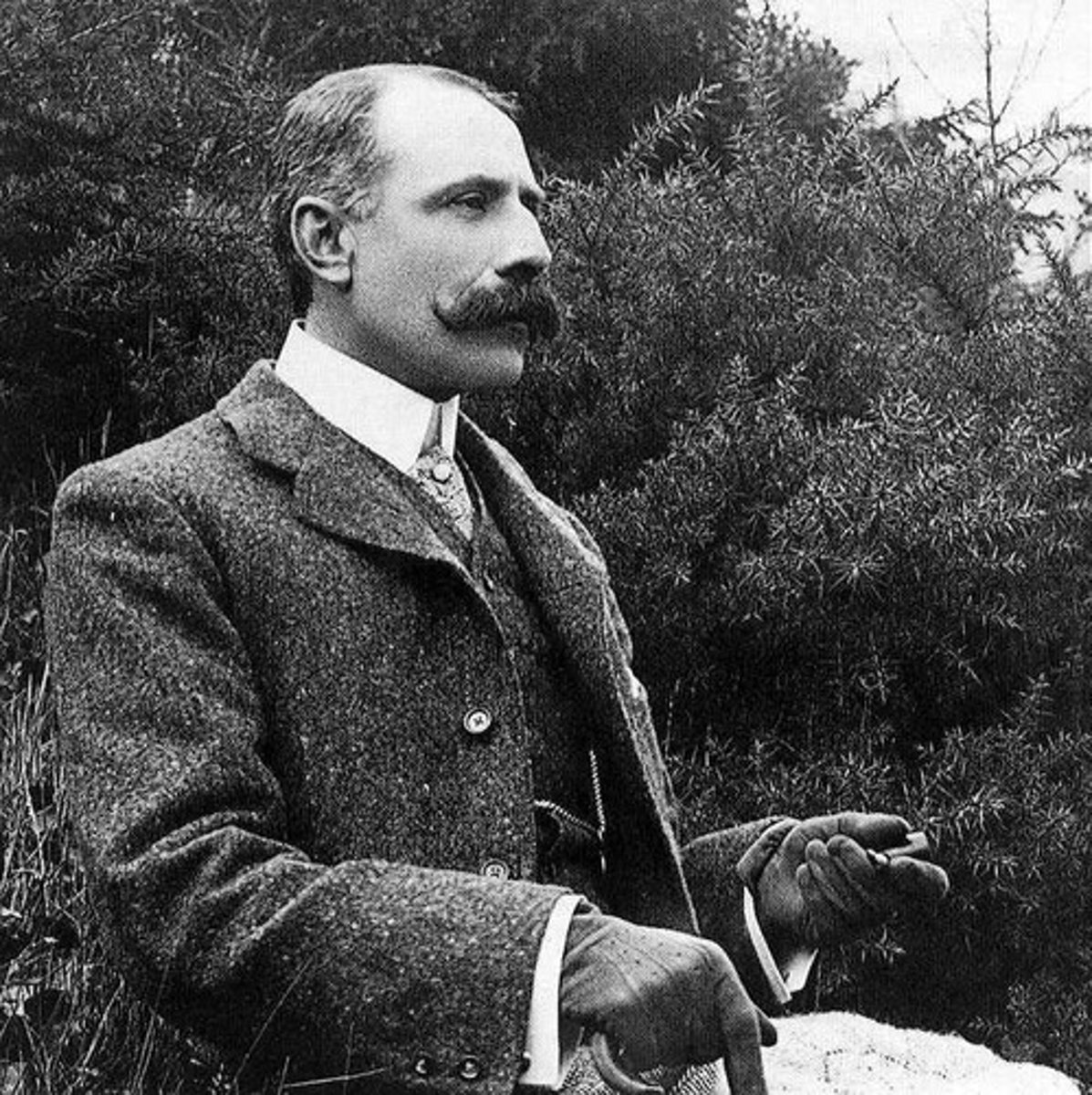
Edward Elgar: Pomp & Circumstance (Fact 1)
Often played at graduations
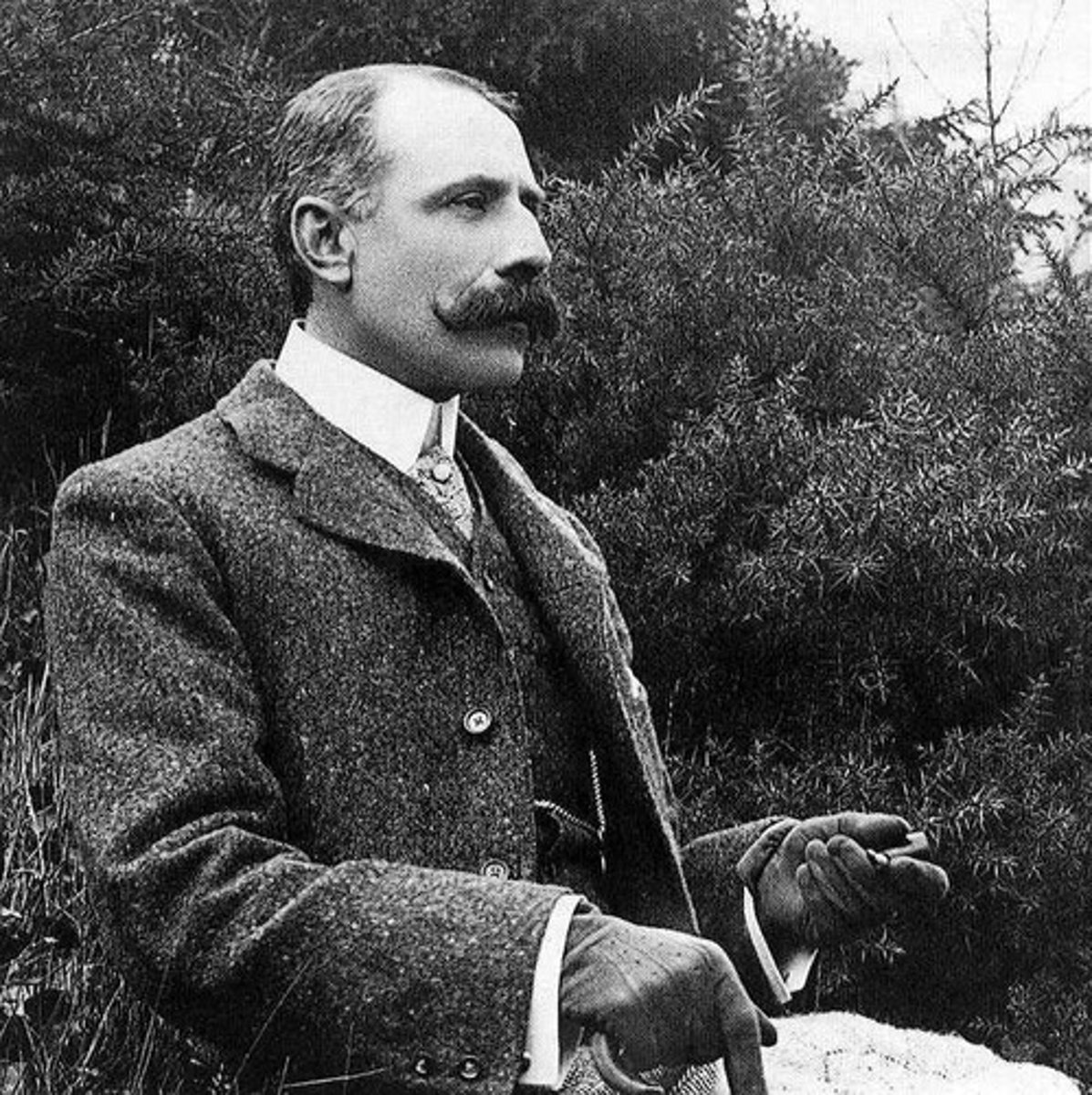
Edward Elgar (Fact 1)
English Romantic Composer
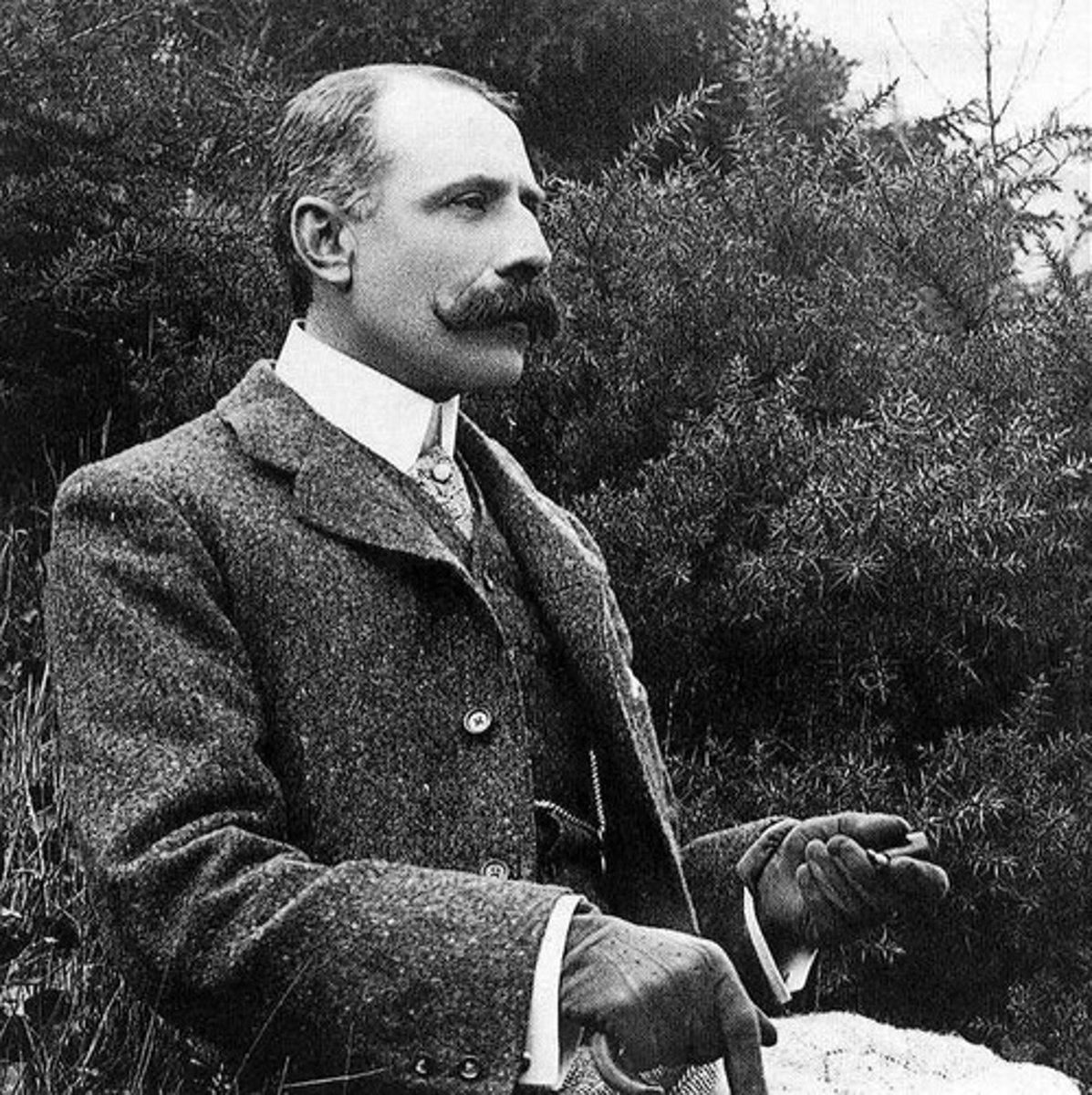
Claude Debussy (Piece 1)
Suite Bergamasque & Clair de Lune
Claude Debussy (Piece 2)
The Sea (La Mer)
Claude Debussy (Piece 3)
Prelude to the Afternoon of a Faun
Claude Debussy (Piece 4)
Nocturnes (for Orchestra)
Claude Debussy
French Impressionist Composer
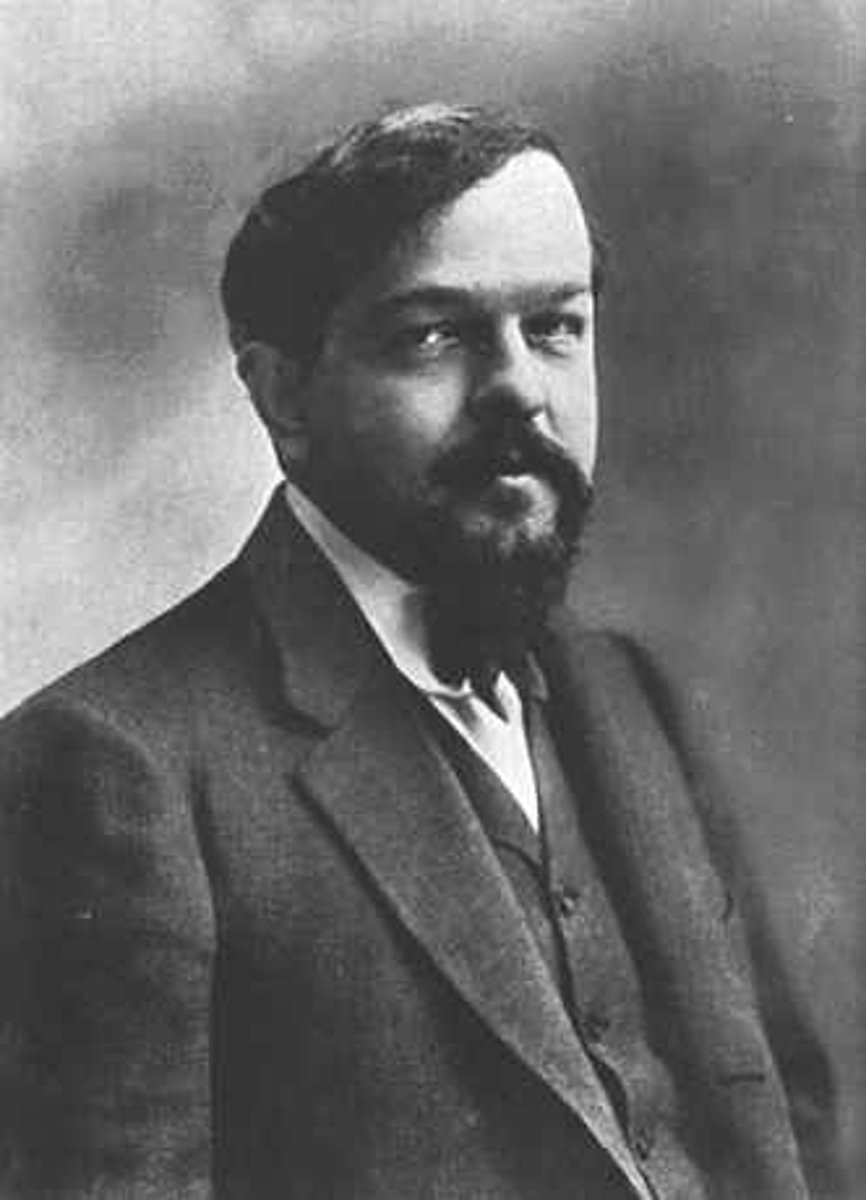
Dmitri Shostakovich
Russian Contemporary Composer

Antonio Vivaldi (Piece 1)
The Four Seasons ("Le Quattro Stagioni") [The Concertos of the Contest Between Harmony and Invention] {Famous for its Movements depicting "the drunkards have fallen asleep" and "the barking dog"}
Antonio Vivaldi (Oratorio 1)
Juditha Triumphans
Antonio Vivaldi (Piece 2)
La Stravaganza
Antonio Vivaldi
Italian Baroque Composer and Violinist
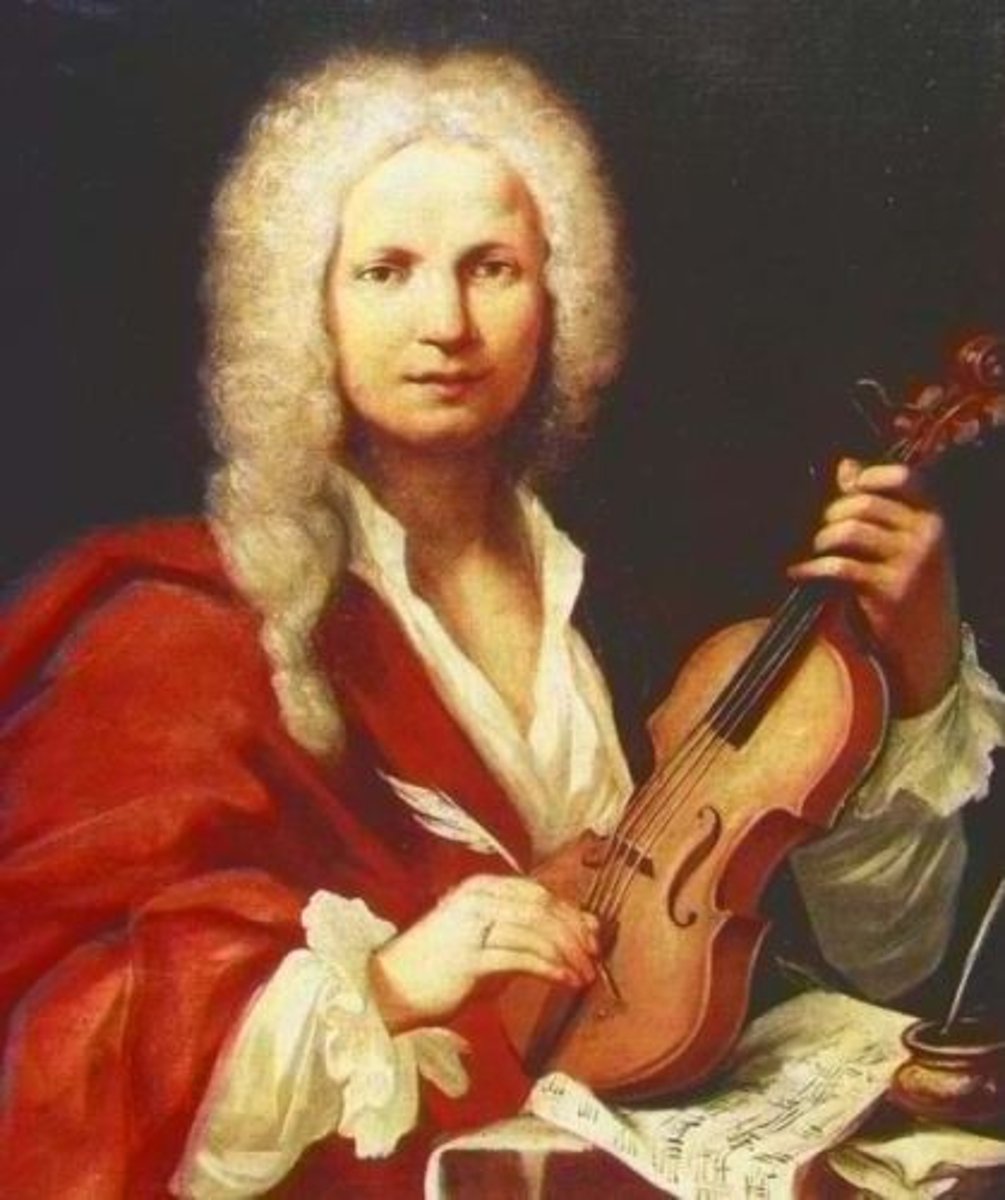
Richard Strauss (Piece 1)
Thus Spoke Zarathustra (Also Sprach Zarathustra)
Richard Strauss: The Knight of the Rose (Der Rosenkavelier) {Fact 1}
Famous for its "The Luck of the Lerchenaus" part and "Mir ist die Ehre widerfahren" Aria
Richard Strauss: The Knight of the Rose (Der Rosenkavelier) {Fact 2}
Opera about Baron Ochs, who sends Octavian to present a silver rose to Sophie
Richard Strauss: The Knight of the Rose (Der Rosenkavelier) {Fact 3}
About an aging princess who has to release her much younger lover
Richard Strauss: The Knight of the Rose (Der Rosenkavelier) {Fact 4}
Its characters include Octavian, Sophie, Baron Ochs, Herr von Faninal, Marschallin, and Hippolyte
Richard Strauss (Piece 3)
Salome
Richard Strauss
German Romantic Composer
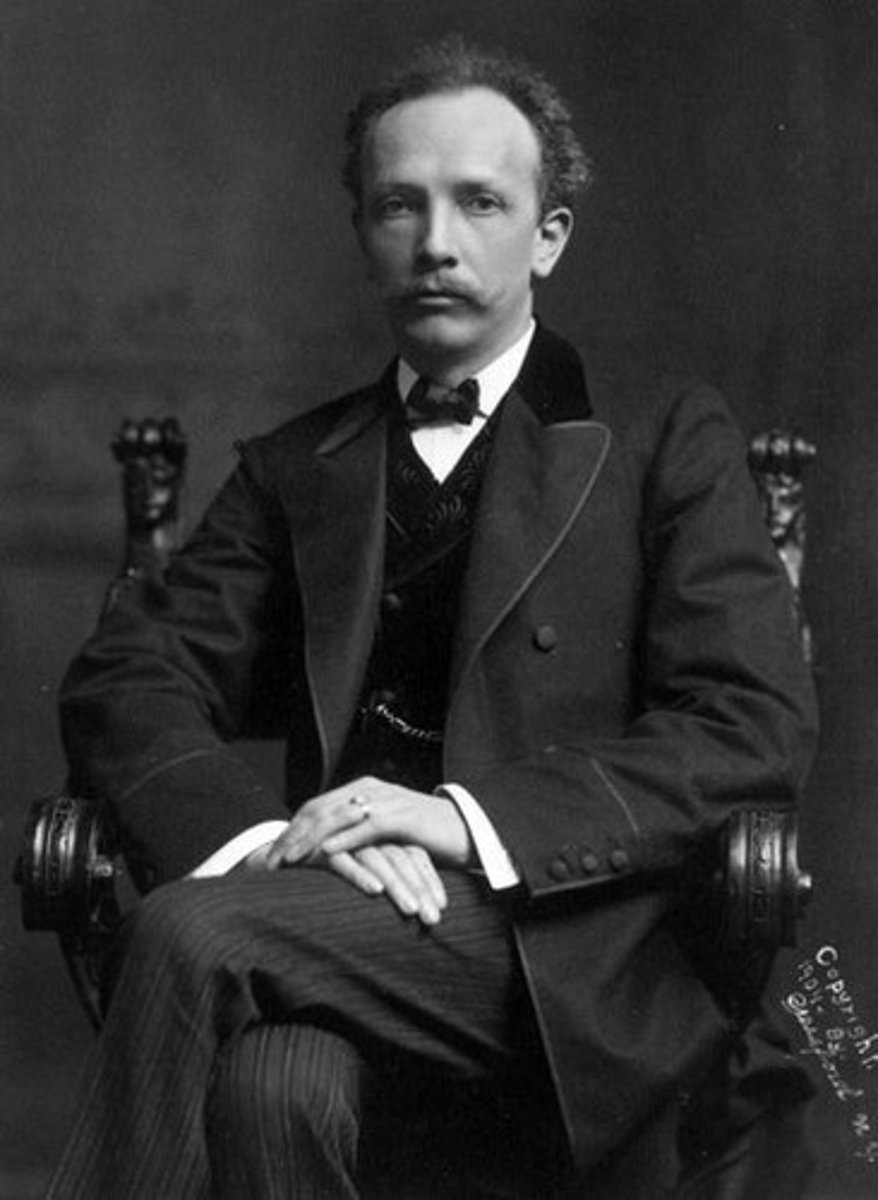
Giacomo Puccini (Opera 2)
Tosca
Giacomo Puccini (Opera 3)
Turandot (famous for its "Nessun Dorma", "Signore Ascolta", and "In Questa Reggia" Arias)
Giacomo Puccini (Opera 4)
La Boheme
Giacomo Puccini (Opera 9)
Gianni Schicchi
Giacomo Puccini
Italian Romantic Composer
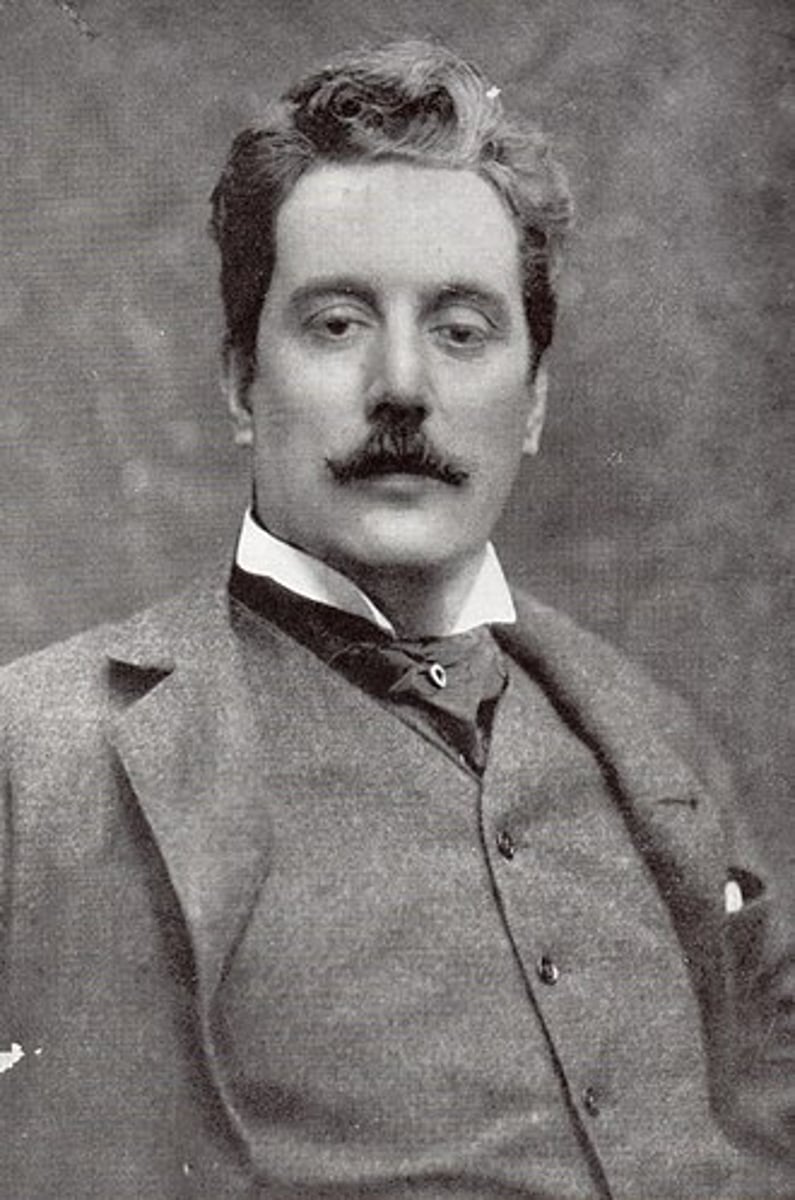
Charles Ives (Piece 1)
Piano Sonata No. 2 - "Concord" (Famous for its "Emerson", "Thoreau", "Hawthorne", and "The Alcotts" Movements and its "Demons Dance around the Pipe" and "Slaves Shuffle" Parts)
Charles Ives (Piece 2)
Two Contemplations: Central Park in the Dark
Charles Ives (Piece 3)
Two Contemplations: The Unanswered Question
Charles Ives (Piece 4)
Three Places in New England (its movements include "The Housatonic at Stockbridge", "The St. Gaudens in Boston Common", and "Putnam's Camp, Redding, Connecticut")
Charles Ives (Piece 5)
Symphony No. 3 - "The Camp Meeting"
Charles Ives (Piece 6)
(Unfinished) Universe Symphony (famous for its "Birth of the Oceans" and "The Pulse of the Cosmos" Movements)
Charles Ives (Piece 7)
Symphony No. 2 (famous for its "Camptown Races" Movement)
Charles Ives (Piece 8)
Variations on America
Charles Ives
American Contemporary Composer
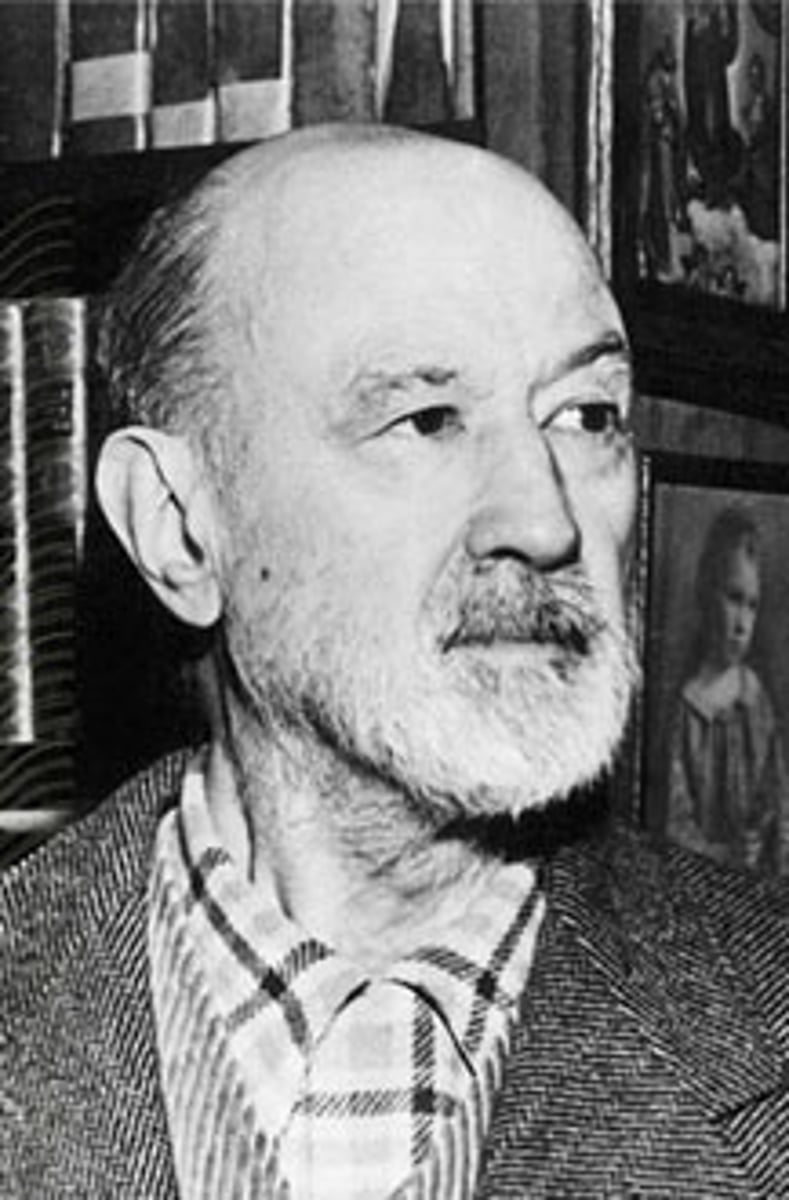
1944- Aaron Copland: Appalachian Spring (Fact 1)
Orchestral Suite famous for its "Simple Gifts" Movement, depicting a shaker setting and taken from the namesake "Shaker Hymn", borrowing heavily from American folk themes
1944- Aaron Copland: Appalachian Spring (Fact 2)
Orchestral Suite of 8 sections including "The Revivalist and his Flock" and "Solo Dance of the Bride"
1944- Aaron Copland: Appalachian Spring (Fact 3)
Helped the namesake composer win the Pulitzer Prize for Music for it the following year
1944- Aaron Copland: Appalachian Spring (Fact 4)
Set in rural Pennsylvania
Aaron Copland (Piece 1)
Symphony No. 3 (famous for its "Fanfare for the Common Man" Movement)
Aaron Copland (Ballet 1)
Rodeo (famous for its "Saturday Night Waltz" and "Hoe Down" Movements)
Aaron Copland (Ballet 3)
Billy the Kid (famous for its "Prairie Night" Movement and for its use of cowboy tunes including "Great Grandad", "Git Along, Little Dogies", "The Old Chisholm Trail" and most notably, "Goodbye Old Paint")
Aaron Copland (Ballet 4)
Grohg (Zombie Ballet)
Aaron Copland (Piece 2)
Symphony for Organ and Orchestra
Aaron Copland (Piece 5)
Inscape
Aaron Copland (Piece 4)
Piano Variations
Aaron Copland (Piece 3)
Dance Symphony
Aaron Copland (Piece 6)
Piano Quartet No. 1
Aaron Copland
American Contemporary Composer
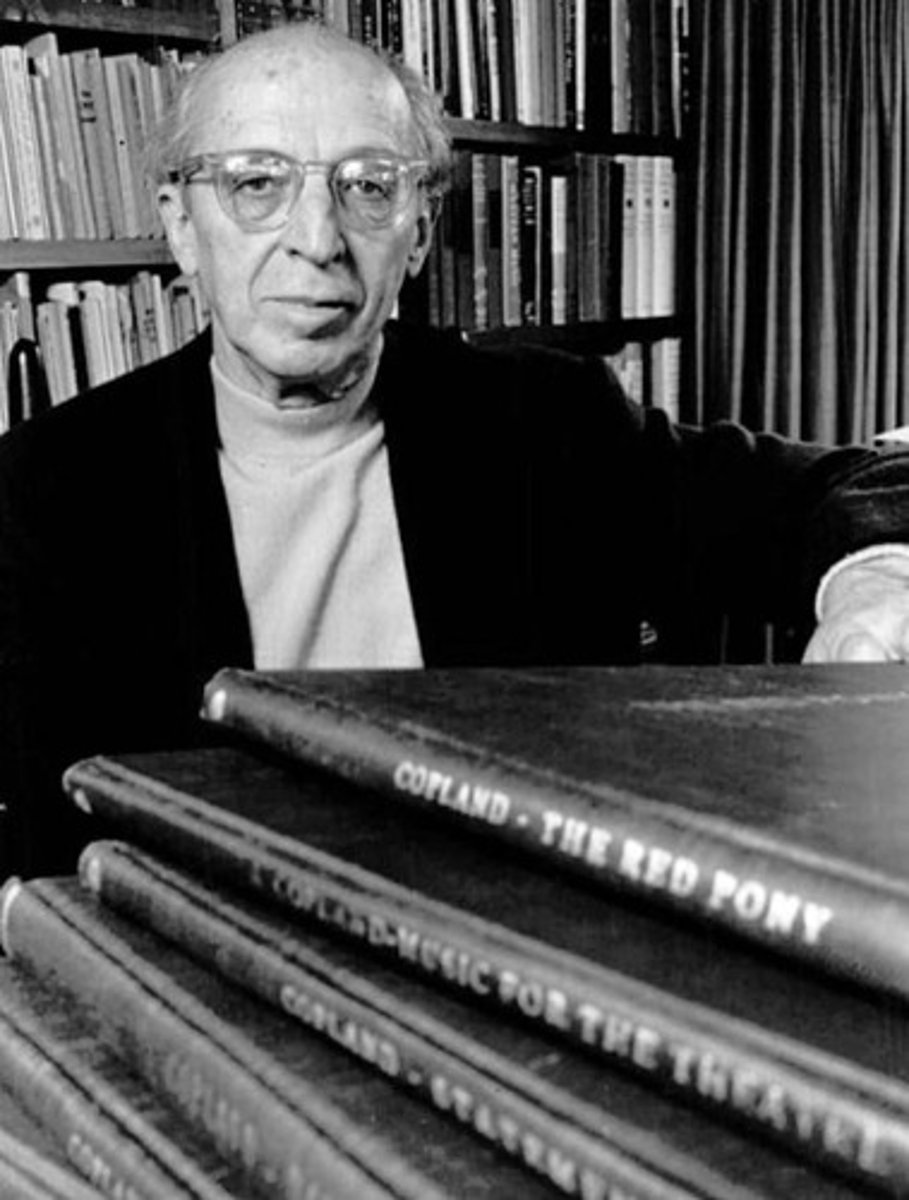
Wolfgang Amadeus Mozart (Opera 2)
Don Giovanni
Wolfgang Amadeus Mozart (Piece 1)
Requiem Mass in D Minor (famous for its "Pie Jesu", "Kyrie", "Lacrymosa", and "Dies Irae" Movements and its less well known for "Domine Jesu Christie" and its "Tuba Mirum")
Requiem (Characteristics)
- Is a mass for the dead
- Usually contains a "Tuba Mirum" movement
Wolfgang Amadeus Mozart
Austrian Classical Composer

Hector Berlioz (Piece 1)
Symphonie Fantastique (famous for its "Col Legno", "Dies Irae", "March to the Scaffold", "Scene in the Country", and "Dream of a Witches' Sabbath" Movements)
Hector Berlioz (Piece 2)
Lelio
Hector Berlioz
French Romantic Composer
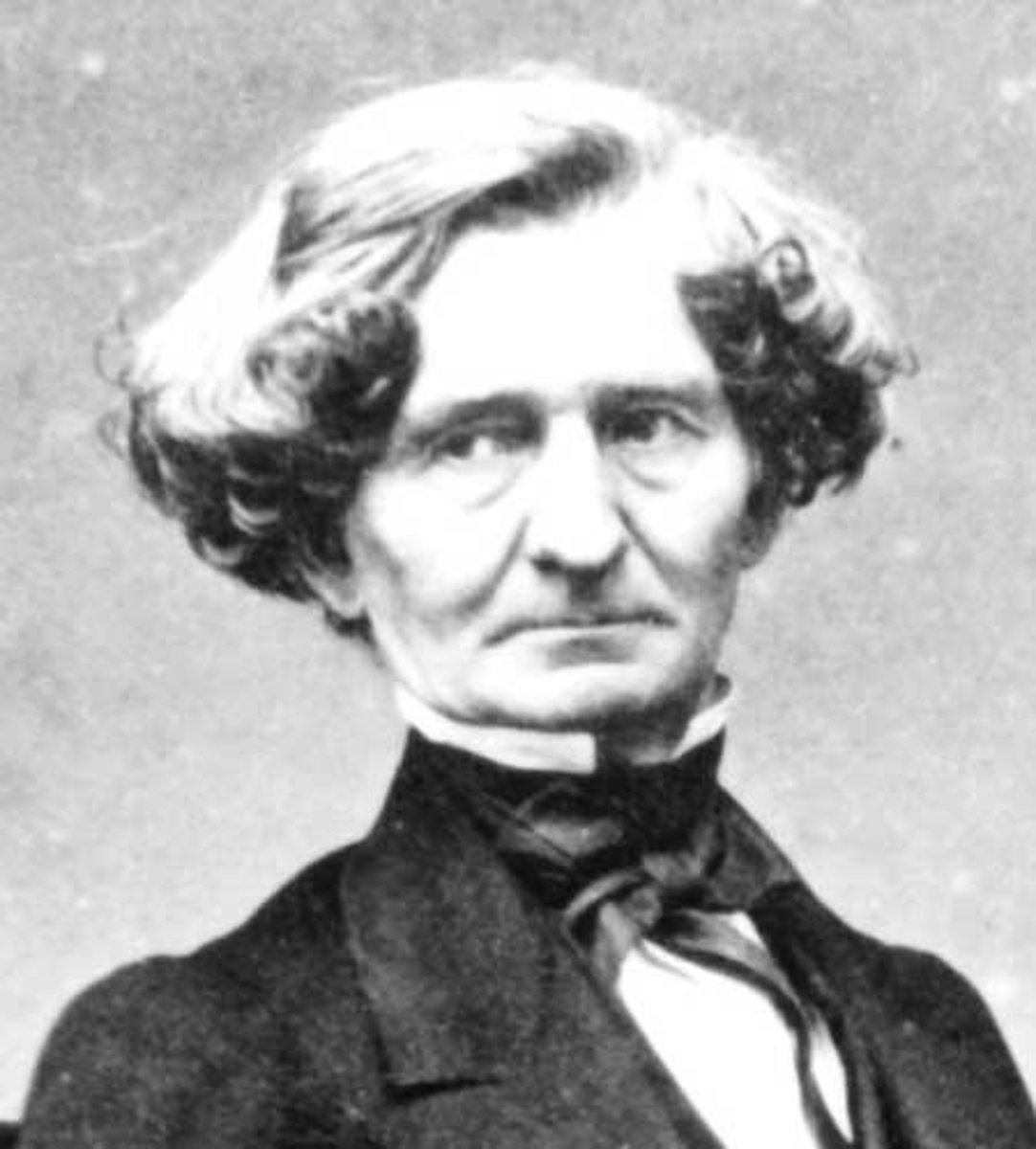
Arnold Schoenberg (Piece 1)
Pierrot Lunaire
Arnold Schoenberg (Opera 1)
Moses and Aaron
Arnold Schoenberg (Piece 3)
Gurrelieder
Arnold Schoenberg (Piece 4)
Five Piano Pieces (Quartet)
Arnold Schoenberg (Piece 5)
The Book of the Hanging Gardens (Das Buch der Hangenden Garten) [Quartet]
Arnold Schoenberg (Piece 6)
A Survivor from Warsaw (famous for its "Shema Yisroel" Movement)
Arnold Schoenberg
Austrian Expressionist Composer

Arnold Schoenberg (Collection 2)
2 Chamber Symphonies
Sergei Rachmaninoff (Piece 1)
Rhapsody on a Theme of Paganini
Niccolo Paganini (Piece 2)
La Campanella
Carl Orff (Piece 1)
Carmina Burana (famous for "O Fortuna", includes "Court of Love" and Blanzifor et Helena")
Carl Orff (Fact 1)
Contemporary German Composer
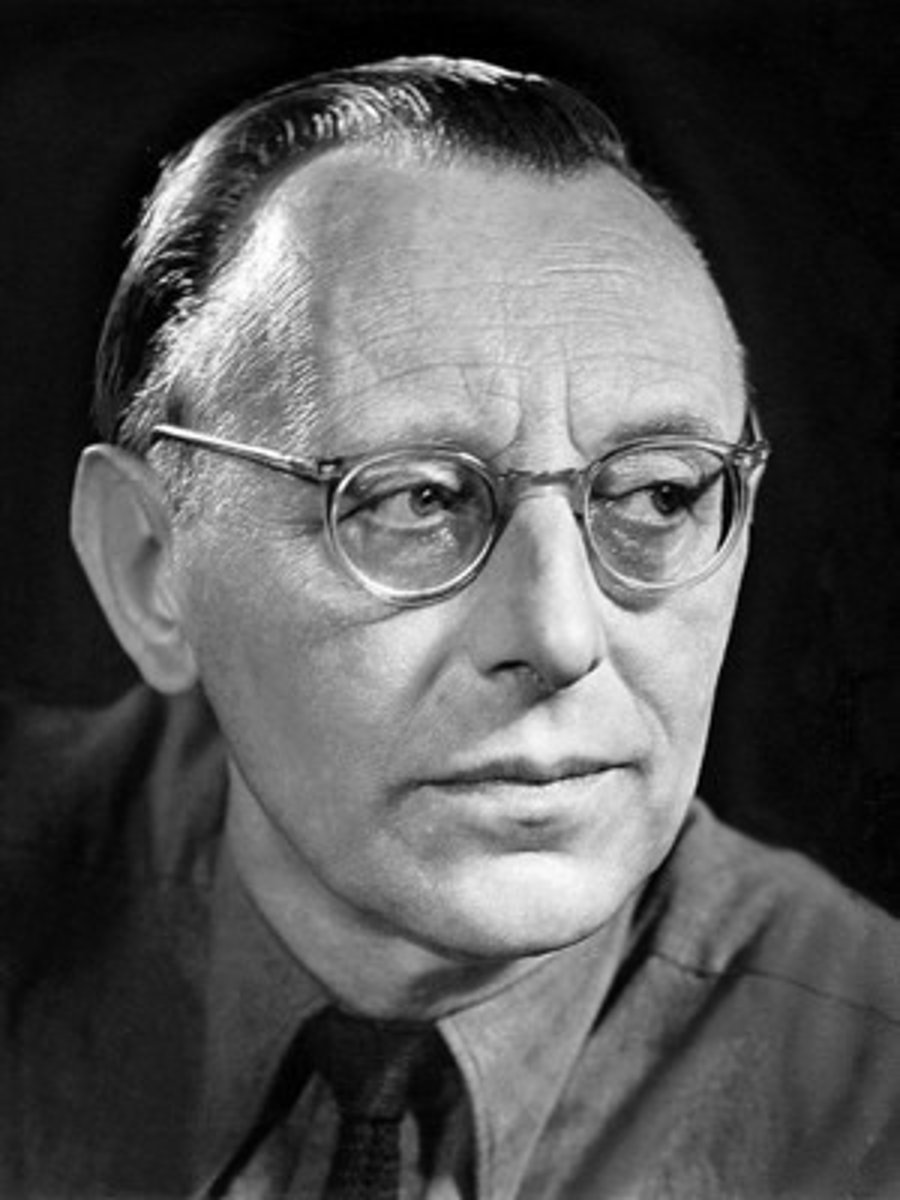
Franz Liszt (Piece 8)
Etude No. 5 - "La Chasse"
Niccolo Paganini (Piece 3)
Violin Concerto No. 2 - "Rondo a la Clochette" (Famous for Movement No. 3)
Carl Orff (Piece 2)
Trionfo di Aphrodite
Carl Orff (Piece 3)
Gassenhauer
Gustav Mahler (Piece 1)
Symphony No. 1 - "Titan" (famous for its "dirge-like" funeral-march-rendition of the traditional "Frere Jacques")
Gustav Mahler (Piece 2)
Symphony No. 2- "Resurrection"
Gustav Mahler (Piece 4)
Symphony No. 8 - "Symphony of a Thousand" (famous for its "Veni Creator Spiritus" Movement)
Gustav Mahler (Song Cycle 1)
Song of the Earth ("Das Lied van der Ehrd")
Giacomo Puccini (Opera 1)
Madama Butterfly (famous for its "One Beautiful Day" ("Un Bel Di"), "Bring Spring Inside" ("Tutti I Fior"), "Piccolo Iddio", "Viene La Sera" ("Oh, Quanti Occhi Fisi"), and "C'e Entrate" Arias)
Robert Schumann (Collection 1)
Carnaval (famous for its "Eusebius", "Florestan", "Papillons", and "Sphinxes" Movements) [Op. 19 in D Flat Major]
Robert Schumann (Collection 2)
Scenes from Childhood (Kindserszezen) {famous for its "Traumerai", "Of Foreign Lands and Peoples" and "Dreaming" Movements}
Robert Schumann (Piece 5)
Blumenstuck
Robert Schumann (Piece 4)
Kreiserlana
Antonio Vivaldi (Collection 1)
The Contest Between Harmony and Invention
Includes:
- The "Four Seasons"
- The "Hunt"
- The "Storm at Sea"
Robert Schumann (Piece 1)
Symphony No. 1 - "Spring"
Robert Schumann (Piece 2)
Symphony No. 3 - "Rhenish"
Cello (Players)
- Yo Yo Ma
- Pablo Casals
- Jacqueline Du Pre
- Mstislav Rostropovich
- Silk Road Ensemble (Founder)